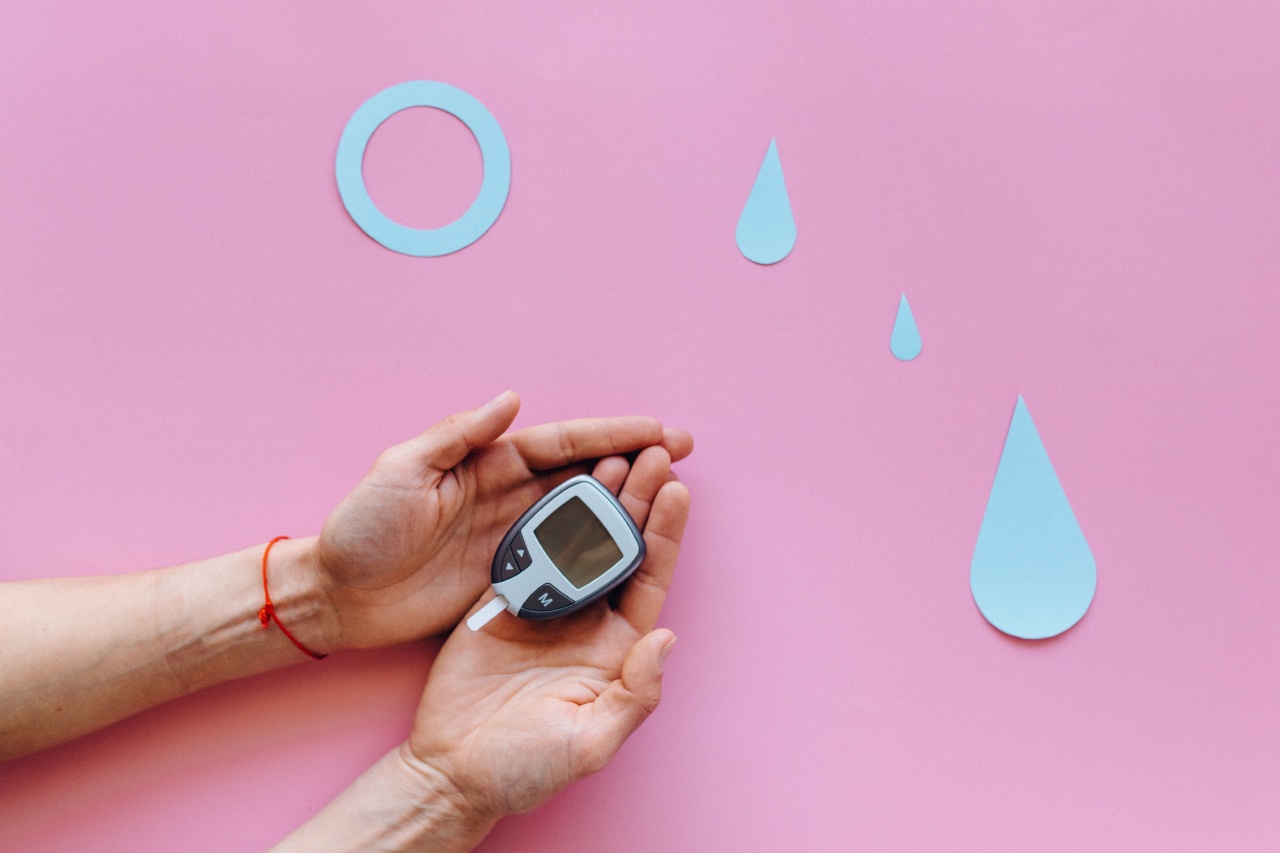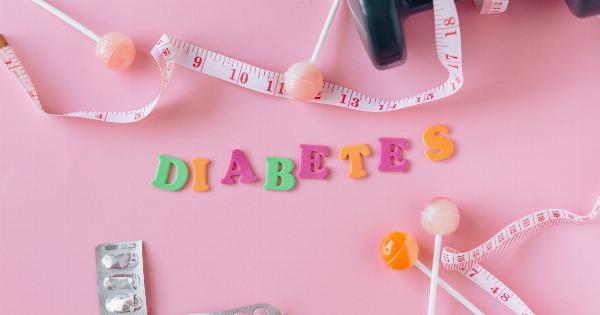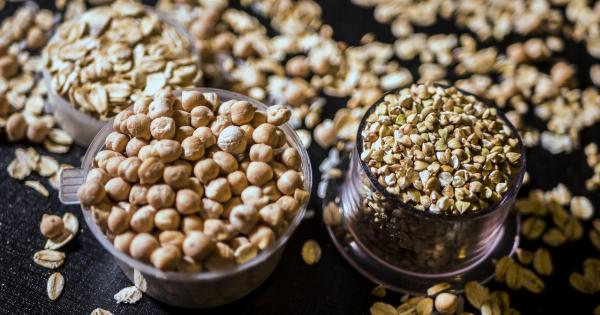When it comes to maintaining a healthy heart, our diet plays a crucial role.
A heart-healthy eating plan, such as the DASH (Dietary Approaches to Stop Hypertension) diet, has gained popularity among health professionals and individuals looking to improve their cardiovascular health. The DASH diet promotes the consumption of nutrient-rich foods, focusing on reducing sodium intake and increasing the consumption of fruits, vegetables, whole grains, and lean proteins.
Let’s delve deeper into the details of this eating plan and understand why numerous doctors recommend it for a healthier heart.
The Origins of the DASH Diet
The DASH diet was initially developed by the National Heart, Lung, and Blood Institute (NHLBI) in the United States as a dietary approach to combat high blood pressure.
However, it soon became evident that the DASH diet offered a plethora of benefits beyond blood pressure control, particularly in terms of heart health.
Extensive research and clinical trials have supported the effectiveness of the DASH diet in reducing blood pressure and lowering the risk of developing heart disease.
In fact, the American Heart Association endorses the DASH diet as a recommended approach for a heart-healthy lifestyle.
Key Principles of the DASH Diet
The DASH diet follows several key principles to promote heart health:.
1. Emphasizes Fruits and Vegetables
A cornerstone of the DASH diet is the inclusion of a variety of fruits and vegetables in daily meals. These foods are packed with essential vitamins, minerals, and antioxidants that play a vital role in maintaining heart health.
Additionally, they are low in calories and high in fiber, contributing to a well-rounded and nutritious diet.
2. Incorporates Whole Grains
Whole grains, such as whole wheat, brown rice, and oats, are central to the DASH diet. These grains are rich in dietary fiber, which helps regulate cholesterol levels and improve overall heart health.
By substituting refined grains with whole grains, individuals can lower their risk of heart disease and improve their overall well-being.
3. Embraces Lean Proteins
The DASH diet encourages the consumption of lean proteins, such as fish, poultry, beans, and nuts. These protein sources are low in saturated fats and cholesterol, making them heart-healthy alternatives to red meats and processed meats.
Including lean proteins in the diet provides essential amino acids while reducing the intake of unhealthy fats.
4. Moderates Sodium Intake
High sodium intake is a known risk factor for hypertension and heart disease. The DASH diet emphasizes minimizing sodium consumption by limiting the use of high-sodium condiments, processed foods, and salty snacks.
Instead, the diet encourages seasoning meals with herbs, spices, and other low-sodium alternatives.
5. Promotes Low-Fat Dairy
Incorporating low-fat dairy products, such as skim milk, yogurt, and cheese, is another important aspect of the DASH diet.
These dairy products provide essential nutrients like calcium and potassium, which are crucial for maintaining healthy blood pressure levels.
6. Encourages Limiting Added Sugars
Excessive consumption of added sugars has been linked to obesity, high blood pressure, and heart disease.
The DASH diet discourages the consumption of sugary beverages, desserts, and processed snacks, instead promoting natural sources of sweetness, such as fruits.
Benefits of the DASH Diet
The DASH diet offers numerous benefits for heart health:.
1. Blood Pressure Control
Research has consistently shown that following the DASH diet can significantly reduce blood pressure in individuals with hypertension.
By incorporating nutrient-rich foods and limiting sodium intake, blood vessels are less constricted, leading to improved blood flow and reduced strain on the heart.
2. Lowering LDL Cholesterol
The DASH diet’s emphasis on whole grains, lean proteins, and low-fat dairy products contributes to lower levels of LDL (bad) cholesterol.
High LDL cholesterol is a major risk factor for heart disease, and by adopting the DASH diet, individuals can effectively manage their cholesterol levels.
3. Reduces the Risk of Heart Disease
Following the DASH diet can significantly reduce the risk of developing heart disease.
By incorporating heart-healthy foods and promoting a balanced diet, individuals can improve their overall cardiovascular health and lower their risk of heart-related complications.
4. Diabetes Management
The DASH diet aligns with the principles of a balanced and nutritious diet recommended for individuals with diabetes.
By focusing on whole grains, fruits, and vegetables while limiting sugary foods and drinks, the DASH diet can help manage blood sugar levels and reduce the risk of diabetic complications.
5. Weight Management
Controlling weight is crucial for maintaining heart health. The DASH diet’s emphasis on nutrient-rich and low-calorie foods can aid in weight management.
By promoting portion control and the consumption of whole, unprocessed foods, individuals can achieve and maintain a healthy weight, reducing the risk of heart disease.
The DASH Diet in Practice
Now that we understand the core principles and benefits of the DASH diet, let’s explore some practical tips for incorporating it into your daily life:.
1. Plan Your Meals
Take the time to plan your meals in advance to ensure that you have a variety of heart-healthy foods available. This will help you resist the temptation of unhealthy options and ensure that your diet aligns with the DASH guidelines.
2. Shop for Nutrient-Rich Foods
When grocery shopping, prioritize filling your cart with fruits, vegetables, whole grains, and lean proteins. Avoid processed foods, sugary snacks, and high-sodium products.
Opt for fresh, whole ingredients to maximize the nutritional value of your meals.
3. Prepare Your Own Meals
Cooking your own meals gives you control over the ingredients and allows you to make healthier choices. Experiment with DASH-friendly recipes, and try to limit the use of added fats and sodium in your cooking.
4. Make Gradual Changes
If you’re new to the DASH diet, start by making small, gradual changes to your eating habits. Begin by incorporating more fruits and vegetables into your meals and gradually reducing your sodium intake.
This approach is more sustainable and easier to adapt to in the long run.
5. Seek Professional Guidance
If you have specific dietary concerns or health conditions, it’s advisable to consult a healthcare professional or a registered dietitian.
They can provide personalized recommendations and guidance to help you optimize the DASH diet for your specific needs.
The Bottom Line
The DASH diet is a heart-healthy eating plan that emphasizes nutrient-rich foods, moderation in sodium intake, and the reduction of unhealthy fats and added sugars.
This approach has been extensively studied and has proven benefits in lowering blood pressure, managing cholesterol levels, and reducing the risk of heart disease.
By following the DASH diet, individuals can take control of their cardiovascular health and improve their overall well-being.
Small changes in dietary habits can have a substantial impact on heart health, making the DASH diet a reliable and recommended choice for a heart-healthy lifestyle.





























